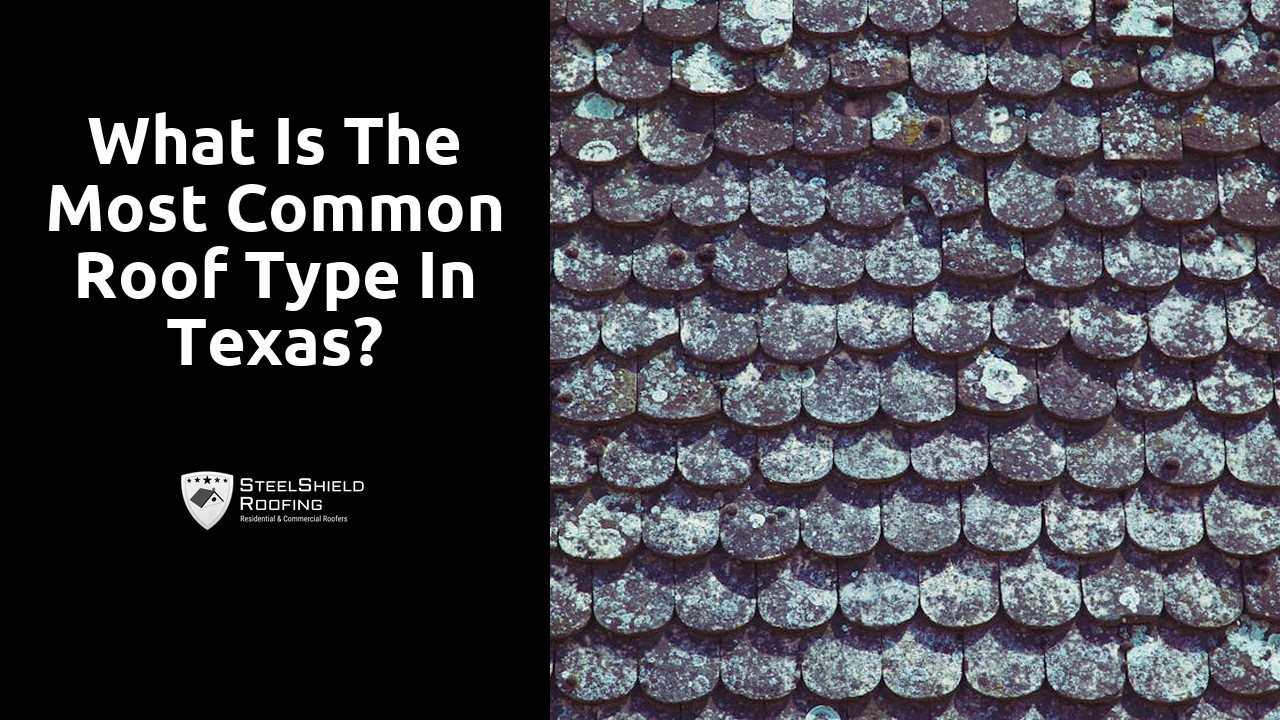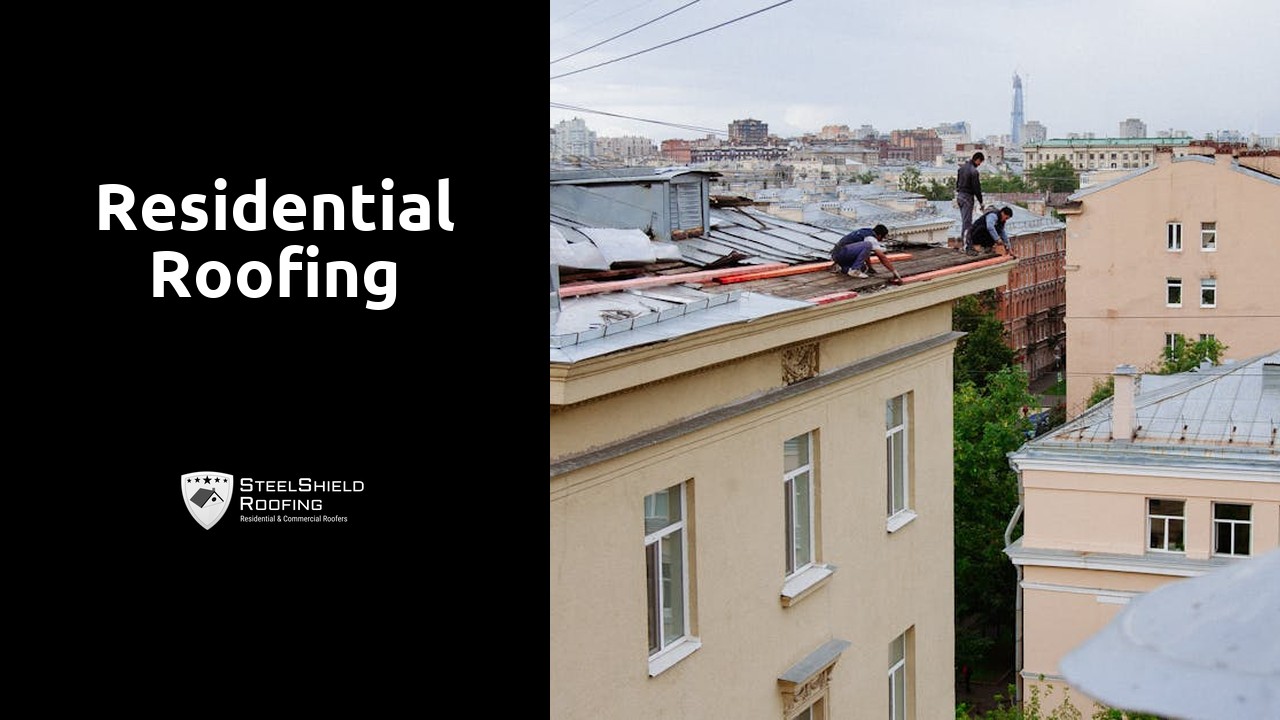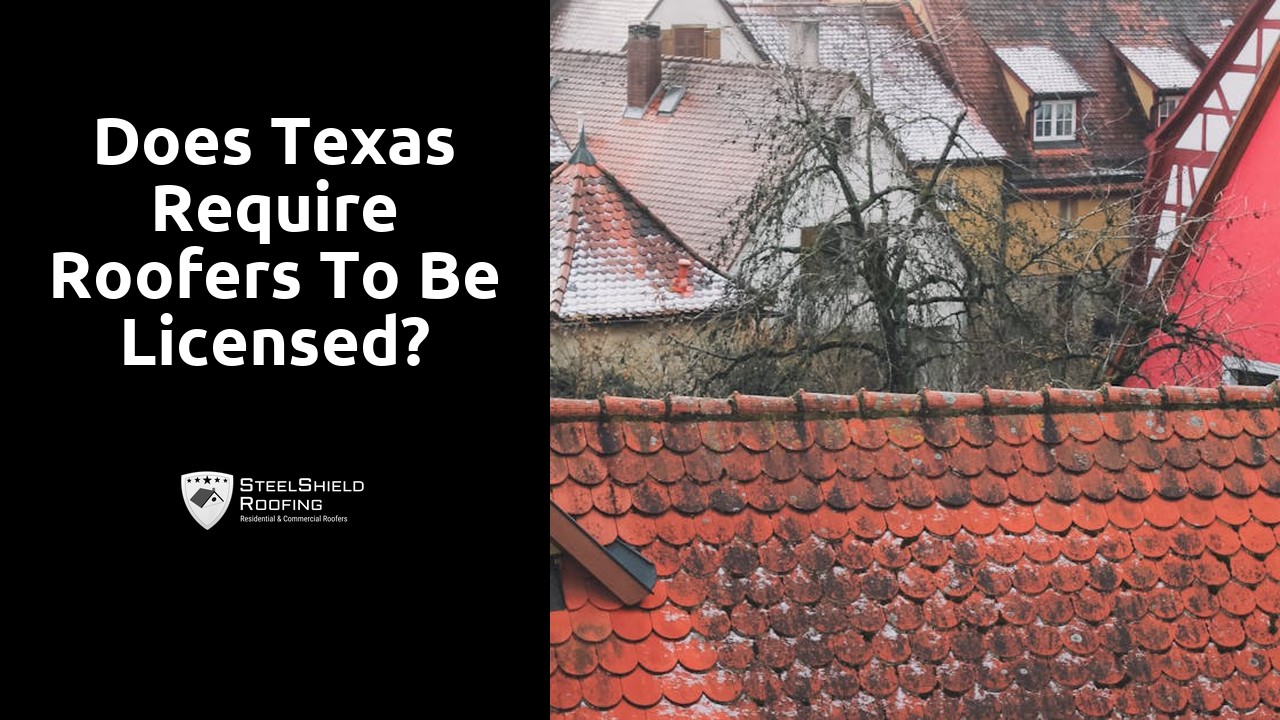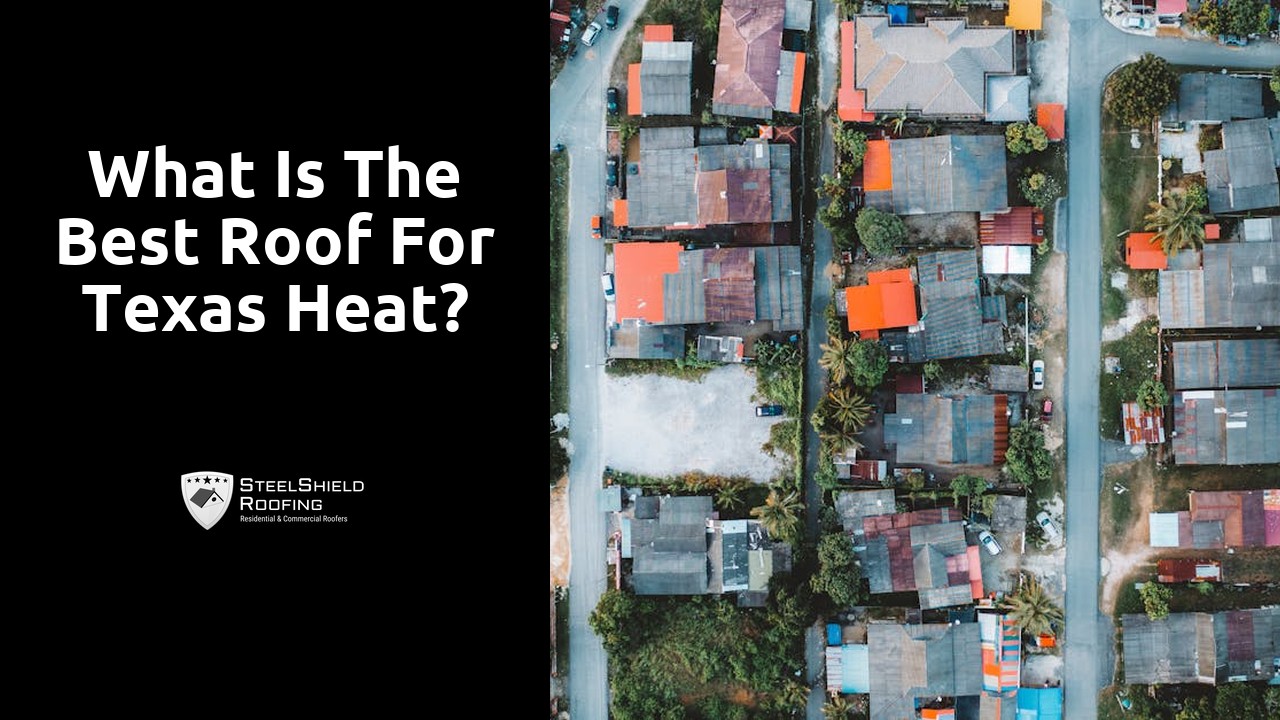
Table Of Contents
Energy Efficiency
Residential roofing in League City, TexasView this external resource for great tips and advice.
requires careful consideration of energy efficiency due to the hot and humid climate prevalent in the region. The most common roof type in Texas is the composition shingle roof, which offers moderate energy efficiency. These roofs have a layer of reflective granules that can help in reducing heat absorption, contributing to lower energy costs during the hot Texas summers. However, they are not as energy-efficient as other material options available in the market.
For homeowners seeking higher energy efficiency, synthetic roofing materials such as synthetic slate or rubber shingles can be a better choice for residential roofing in League City, Texas. These materials have advanced insulation properties and can significantly reduce heat transfer into the home, leading to a more energy-efficient living space. Investing in synthetic roofing materials may initially cost more but can result in long-term energy savings and a more comfortable indoor environment throughout the year.
Synthetic Roofing Materials
Synthetic roofing materials are becoming increasingly popular in residential roofing in Webster, Texas. These materials are designed to mimic the look of traditional roofing materials, such as wood shakes or slate, but offer added durability and longevity. One common type of synthetic roofing material is synthetic slate, which is made from a combination of plastic and rubber compounds. Synthetic slate roofing is lightweight, easy to install, and resistant to weathering, making it a practical choice for homeowners in Texas.
Another popular choice for synthetic roofing materials in residential roofing in Webster, Texas, is synthetic wood shakes. These shakes are typically made from recycled plastic and rubber, providing the appearance of natural wood without the maintenance requirements. Synthetic wood shakes are resistant to rot, insect damage, and fire, making them a practical and sustainable option for homeowners looking for the aesthetic appeal of wood roofing without the drawbacks.
Maintenance Requirements
Maintaining residential roofing in Clear Lake City, Houston is essential to prolong its lifespan and ensure the safety of the property. Regular inspections and maintenance help address any potential issues before they escalate into costly repairs. With the frequent severe weather conditions in Texas, such as intense heat and occasional hurricanes, it is crucial to inspect the roof periodically to check for any damages or wear and tear.
Homeowners in Clear Lake City, Houston should schedule professional roof inspections at least once a year to assess the condition of their roofs. Additionally, regular cleaning of gutters and downspouts is necessary to prevent water damage and mold growth. Timely repairs and maintenance can significantly extend the life of residential roofs in this area, saving homeowners from unexpected expenses in the long run.
Flat Roofs
Flat roofs are a common choice for residential roofing in League City, Texas. Due to their simple design and cost-effectiveness, flat roofs are prevalent in the region. However, it is essential to note that flat roofs require regular maintenance to prevent issues such as ponding water and leaks. With the high temperatures experienced in Texas, proper upkeep and inspection of flat roofs are crucial to ensure their longevity and performance.
Synthetic roofing materials, such as TPO, are often used on flat roofs in League City to enhance durability and energy efficiency. TPO roofs are lightweight and reflective, helping to reduce energy costs by minimizing heat absorption. When considering flat roofs for residential properties in League City, homeowners should be aware of the benefits of synthetic materials and the importance of adhering to local regulations for roofing installations.
Local Regulations
Local Regulations
Residential roofing in League City, Texas is subject to specific local regulations that must be adhered to ensure compliance. These regulations dictate the types of materials, colors, and styles that can be used for roofing in the area. Additionally, specific guidelines regarding the installation process and structural requirements are outlined to guarantee the safety and durability of the roofs in this region. It is imperative for homeowners and contractors to familiarize themselves with these regulations to avoid any potential issues or violations during the roofing process.
One common requirement in League City, Texas is the use of TPO roofing material for residential properties. Thermal Polyolefin (TPO) is a popular choice due to its durability and energy efficiency benefits. Local regulations often mandate the use of TPO roofing to maintain uniformity in the aesthetics of neighborhoods and to promote energy-efficient practices. By understanding and complying with these regulations, homeowners can ensure that their roofing projects meet the necessary standards and contribute positively to the overall quality and sustainability of residential structures in League City.
TPO Roofing
TPO, which stands for Thermoplastic Polyolefin, is a popular roofing material used for residential roofing in Clear Lake City, Houston. It is known for its durability and energy efficiency, making it an excellent choice for the hot Texas climate. TPO roofs are highly reflective, which helps in reducing energy costs by keeping the interior of the house cooler during the scorching summer months.
With its resistance to UV rays and extreme weather conditions, TPO roofing is a low-maintenance option for homeowners in Clear Lake City, Houston. The material is lightweight yet strong, providing a long-lasting roofing solution that requires minimal upkeep. Additionally, TPO roofs have been known to last for several decades, making them a cost-effective choice for residential properties in the area.
FAQS
What is the most common roof type in Texas?
The most common roof type in Texas is the asphalt shingle roof. It is popular due to its affordability, durability, and versatility.
Are there any energy-efficient roofing options available in Texas?
Yes, there are energy-efficient roofing options available in Texas. Options such as metal roofs and cool roofs can help reduce energy consumption and lower utility bills.
What are synthetic roofing materials and are they used in Texas?
Synthetic roofing materials are man-made products designed to replicate the look of natural materials like wood or slate. They are used in Texas as they offer durability and low maintenance.
What are the maintenance requirements for roofs in Texas?
Regular roof inspections, cleaning of debris, and timely repairs are important maintenance requirements for roofs in Texas to ensure longevity and prevent costly damages.
Are flat roofs common in Texas?
Flat roofs are common in Texas, especially in commercial buildings and modern residential structures. They offer a sleek aesthetic and can accommodate rooftop installations like HVAC units and solar panels.
Are there any specific local regulations regarding roofing in Texas?
Yes, there are specific local regulations regarding roofing in Texas, such as requirements for wind resistance and fire safety. It is important to comply with these regulations when installing or repairing a roof.
What is TPO roofing and why is it popular in Texas?
TPO (Thermoplastic Olefin) roofing is a single-ply roofing membrane known for its energy efficiency and durability. It is popular in Texas due to its ability to withstand the hot climate and UV exposure.


